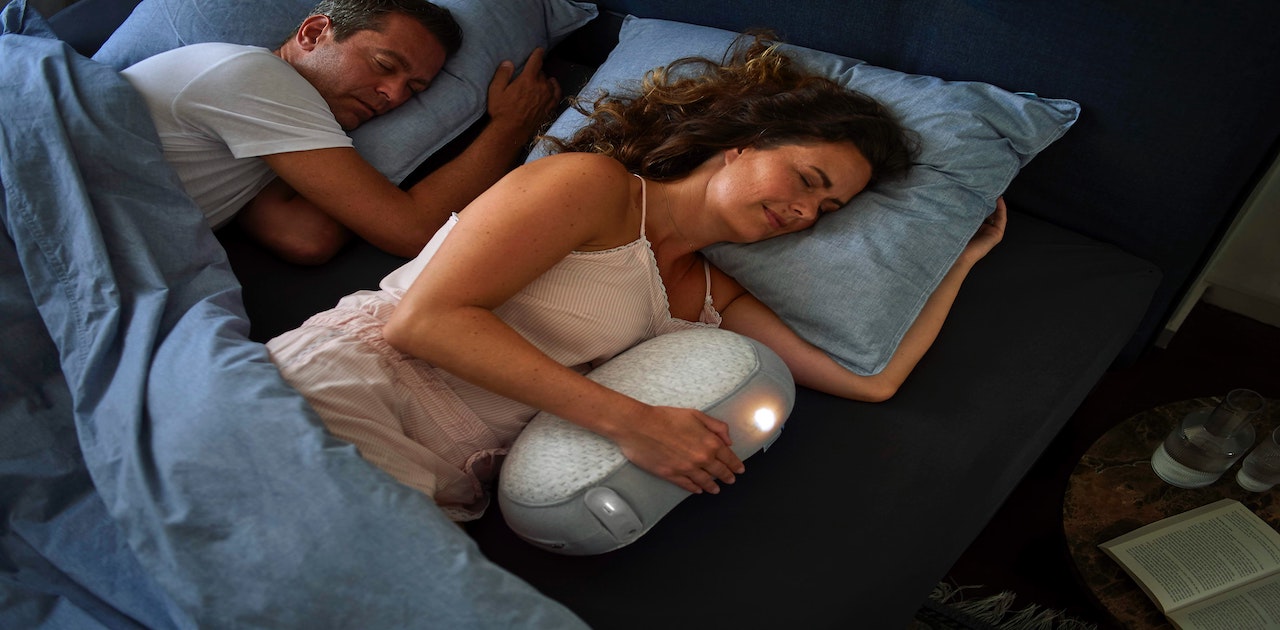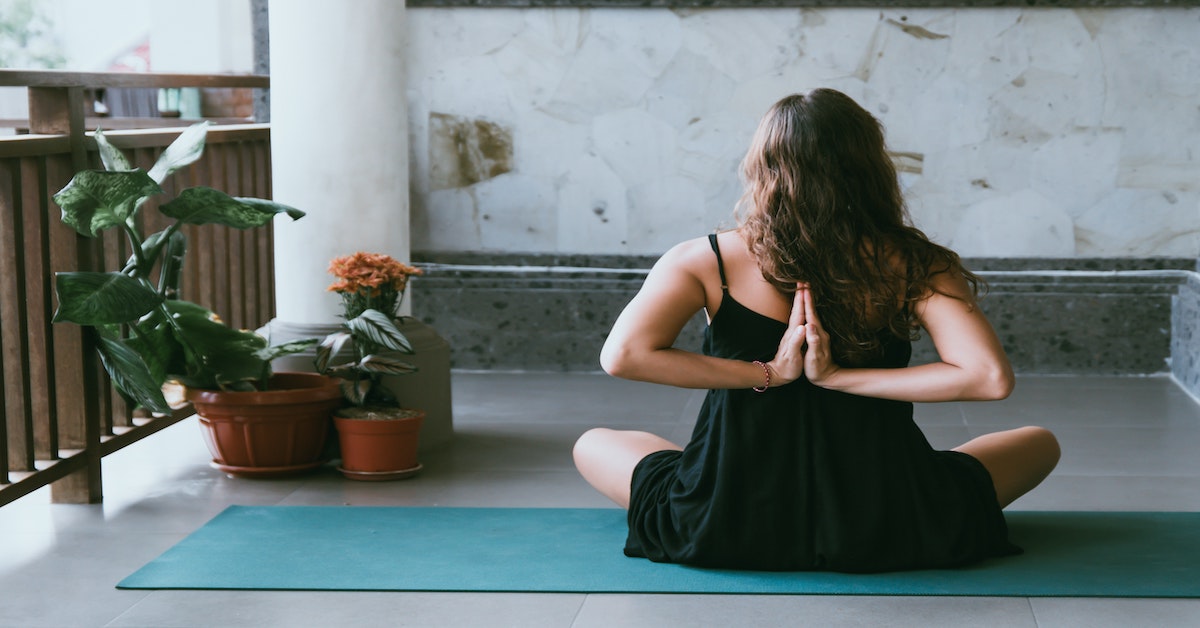There are some good postures to take into consideration for daily actions. They can play an essential role in your overall health and provide various benefits.
Postures can significantly impact your overall health, and this is not limited to only physical but psychological. So often, we can disregard what stance we put ourselves in and underestimate the impact posture can have on us. However, there are some good postures to take into consideration for daily actions. These can offer numerous benefits, such as boosting your confidence and reducing back pain. It can be crucial to be more conscious about the posture you may put yourself in.
Although it can be challenging to stay and put yourself in good posture consistently, it would be best to adjust accordingly to stay in good posture. Putting yourself in bad posture frequently can have aversive effects. Furthermore, staying in a good posture can be habitual, which means that as you remain in a good posture more and more, you would begin to naturally position yourself in good posture. So, here are some general good postures to take into consideration for daily actions and a quick discussion on good posture.
What is good posture?

Generally, posture refers to your body’s alignment, relating to your spine and position when you take action, such as lying down and standing. A good posture can go further than that. You can consider a good posture as putting your spine in a neutral position and a position to help your body hold against gravity to reduce tension or strain. Keeping a good posture can help support body parts such as muscle and even bones. You can say that a good posture assists your muscles around the spine stay balanced, and your body gets supported.
It can be pretty easy and common to change postures multiple times a day, even when in the same position, such as sitting down. Additionally, you might be surprised at how frequently we get into a posture that might not be best for us. Also, it can be more of a challenge to check to see if we are in good posture than when another person is pointing out. So, it could be helpful to ask or have a mirror to see if you are positioning yourself in good posture. However, as you become more conscious of your posture and stay in a good posture, you can make it a habit to put yourself in a good posture.
Sitting
Sitting can be one of the most frequent positions you could be putting yourself, particularly if your work involves a lot of sitting. For instance, if you work at an office or sit at a desk for most of the day. Therefore, knowing about the good postures could make a significant difference and would be essential for reducing the impacts your body can be receiving, such as strain and tension.
As you would spend a lot of time sitting, it can be helpful to do what you can to support your body whenever you can, and sitting down in good posture can be one thing. There are a few points to sit in a good posture as best as you can:
• When you take a sitting position, you should sit up, keeping your back straight and shoulders back.
• Your buttocks should also be touching the back of the chair.
• Your feet should be flat on the floor, and if you can’t reach it, you can get a footrest and keep your feet flat on the footrest.
• You shouldn’t cross your legs, knees, and ankles.
• You should maintain a small gap between the back of your knees and the chair’s seat.
• Put your knees at the same level or slightly lower than your hips.
• You should place your ankles in front of your knees.
• Also, relax your shoulders.
• Keep your forearms and knees parallel to the floor wherever possible.
• Create an L shape in the arms by holding your elbows at the sides.
• Adjust your chair and heights of workstations to let you sit close to your work.
• Look forward to not straining your neck. You can also adjust your chair heights or workstations, especially if you are looking at a computer or laptop to be looking at them at eye level. You can get a laptop stand to assist you.
• When you need to turn, you should turn your whole body and don’t twist your waist during your sitting position.
• Lastly, try not to avoid sitting in the same position for a long time without any breaks. In general, try to take breaks between long periods of sitting.
When you stand up from the sitting position, move from the front of the chair and stand up by straightening your legs. Try to avoid bending forward at your waist. Also, do some stretches such as hamstring stretches or standing backbends if you can after getting up. It can help your body relax from being in the sitting position for a while.
Standing

Commonly, a good posture for standing involves keeping your spine neutral. You might have found that slouching and not keeping your spine neutral is comfortable sometimes, but when you frequently do this, you could be straining your back and muscles. The more you stay in the standing position that can be straining and give tension to your body, the more you would feel the effects and pressure from that posture.
Therefore, it can be vital to know how you could stand in a neutral spine posture, although it can be unfamiliar. However, posture can be habitual, and the more you put yourself in a good posture, you can feel more natural in the position and feel its positive effects. So, here are some guidelines for you to have a good posture when standing:
• Think of trying to keep your spine neutral. Align your ear with the tip of your shoulder and your hip with the outside ankle bone.
• Your weight should be balanced slightly forward on your feet and not the heels.
• Don’t lock your knees but keep them slightly bent.
• Put your feet to be shoulder-width apart for good base support.
• Leave your arms naturally hanging unless you need to do something and use your arms.
• When standing, you should stand up tall to your full height and keep your back straight.
• While doing so, keep your shoulders back and pull in your abdomen, engaging your muscle.
• Maintain your head level, not pushing it forward, backward, or sideways.
When you are standing in the same spot and position for a while, you can relieve pressure and tension by moving your weight back and forth from your heels to the toes. Making these movements can help your knees and lower back to feel more relaxed. However, keeping in balance and not pushing too much weight to one side or through one hip. If you are interested in ways to boost your positivity to pair with your boost of confidence from the good posture, check out over here.
Walking

Walking with good posture can help you walk more manageable and more comfortable. After all, many of us walk daily, no matter how short or long the distance, and wouldn’t it be a bonus if you could get some more benefits while doing it. It doesn’t take long or much energy but a little bit of being more conscious and knowing about things you can do to support your amazing body. If you are interested in more ways to support your body, check out the wonders of taking a bath here.
Good posture when you walk can provide you with numerous benefits, not limited to helping you walk easier and more comfortably. You can look more confident when you walk with good posture, keep bones appropriately aligned and reduce the aches or pain you feel after walking. It can even help you get the better out of your working out, and also, the good posture can work when walking on a treadmill. So, here are some things you can do to walk with good posture:
• Similarly, with a good posture for standing. It would be best if you stood up straight when trying to walk, meaning not slouching or hunching. Doing so can strain and stress your back muscles.
• When walking, you shouldn’t lean forward or backward. Your back muscles can feel strained by leaning forward or backward while walking.
• When you walk, try to face forward and not look down. Look forward between 10 to 20 feet in front of you. Doing so can help you see your path and what is coming from the sides.
• You should keep your chin up when you walk parallel to the ground to reduce tension and strain from your neck and back. Keeping your chin up can help you focus on looking forward and discourage looking down.
• For your shoulders when walking, keep your shoulders down and back in a comfortable position. You can relieve some strains and pressure. You can also make some good arm motions when you walk if they help you feel relaxed. Gently swing your arms back and forth at your sides from your shoulders, keeping them around your midsection and not across your body.
• Also, engage and tighten your cores when you walk. Engaging your cores can help you maintain a good posture when you walk, decreasing the chance of leaning or slouching. Pull your stomach in a bit while still taking deep breaths.
• Keep your pelvis neutral by being conscious of your hips. Your hips shouldn’t be leaning or tilting forward and backward while walking. Find your middle by tucking your butts in and sticking out, which can help you resist arching your back.
• When you make steps, you should let your heels hit the ground first and shift to your toes, going forward out of step with your toes. Avoid making steps flat on your foot or with your toes as it can put pressure on your feet.
Sleeping

Your posture can be crucial when trying to sleep or even when you lie down. Having a good posture during sleep and lying down can significantly change the quality of sleep or rest. It can range from helping you fall asleep to the feeling you have after the sleep, such as if you felt pain or uncomfortable. Although sometimes, the adverse effects could be from external factors such as sleeping on a bad mattress but you may be surprised that sleeping in bad posture is quite common. Also, check over here for more ways to get better sleep.
There can be various ways to lie down and sleep, depending on what is more comfortable. For instance, what best suit your needs, sleeping on the side in a fetal position, or putting a pillow between your knees. However, here is a general guideline that can be helpful, especially if you frequently get back pain after asleep or lying down:
• Whether you lie down on your side or back, you should check to see if your pillow is under your head and not your shoulders while providing you with a thickness to allow your head to be in a normal position.
• When attempting to sleep, you should choose a position that supports you in maintaining the curve in your back. For instance, on your back and placing a pillow under your knees.
• You can also try to support your back to see if they help you feel more comfortable for sleep. You can do this by putting a rolled towel or sheet and tying them around your waist.
• When you wake up and try to get up, you can do so by turning sideways and drawing up both your knees, swinging your legs on the side of the bed. Finally, sit by pushing yourself upwards with your hands while not bending forward at your waist.
Postures can often be underestimated and don’t receive as much attention as they should. Positioning yourself in good postures can significantly impact your overall health and offer numerous benefits. Therefore, this list of some good postures to take into consideration for daily actions can help you learn about the postures that are more friendly to your body.
After all, your body can get quite strained and tense when you put your body into an uncomfortable position. Also, it would be best to do what you can to help your body get the support it needs, especially when you can do actions and positions that you commonly do or get into, like sitting and walking.

